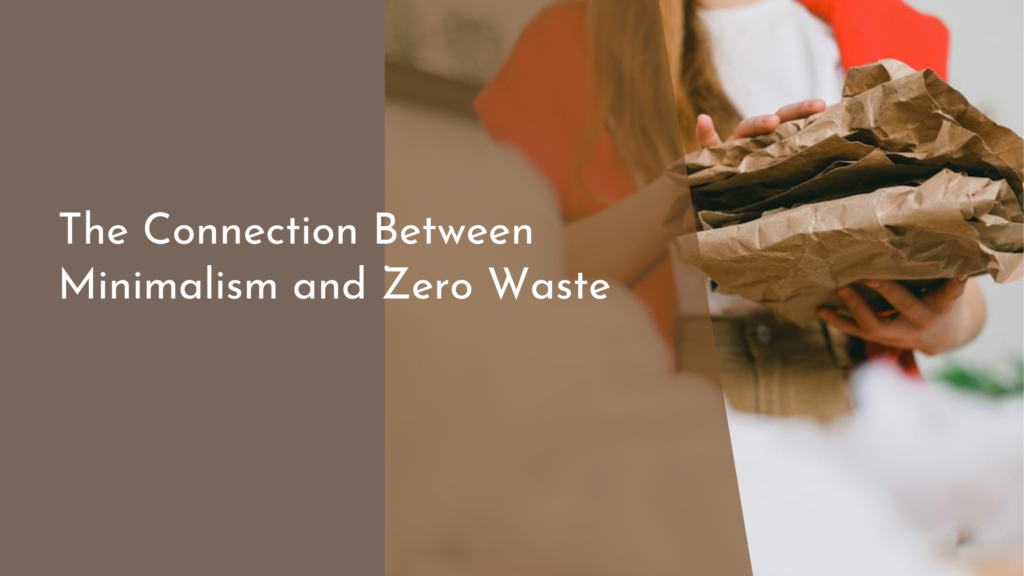Transforming Parking Lots into Rainwater Collection Zones
As urbanization continues to expand, so does the challenge of managing water resources efficiently. One innovative and sustainable solution is transforming parking lots into rainwater collection zones. This not only addresses the issue of stormwater runoff but also promotes the conservation of a precious resource—rainwater. By reimagining these often-overlooked spaces, communities can contribute to environmental sustainability while enhancing their urban landscapes. Let’s dive into the benefits and steps to make this transformation a reality!
Reimagining Parking Lots: A Sustainable Water Solution
Parking lots are ubiquitous in urban areas, typically serving as mere spaces for vehicles. However, these asphalt expanses can become functional and environmentally beneficial assets by integrating rainwater harvesting systems. By incorporating features like permeable pavement, bioswales, and rain gardens, these lots can capture and filter rainwater, reducing runoff and promoting groundwater recharge. This approach not only mitigates flooding but also transforms these areas into valuable ecological systems that support local flora and fauna.
Moreover, the aesthetic appeal of parking lots can be significantly enhanced through this transformation. By introducing greenery, colorful native plants, and innovative landscaping designs, these spaces can become attractive, multifunctional areas. This shift from a purely utilitarian view of parking lots to a more holistic perspective embodies the principles of sustainable urban design, fostering a sense of community and ecological stewardship amongst residents.
The Benefits of Rainwater Harvesting in Urban Spaces
Implementing rainwater harvesting in urban settings offers numerous benefits. Primarily, it helps reduce the burden on stormwater management systems, which often struggle to cope with heavy rainfall. By capturing rainwater, communities can decrease the volume of runoff that pollutes local waterways, thereby enhancing water quality. Additionally, harvested rainwater can be used for irrigation, reducing the demand for potable water and increasing resilience against droughts.
Furthermore, the economic advantages of rainwater harvesting are noteworthy. By collecting and utilizing rainwater, municipalities can lower costs associated with water treatment and supply. This innovation also creates opportunities for local jobs related to maintenance and installation of these systems. Ultimately, transforming parking lots into rainwater collection zones leads to a more sustainable, cost-effective approach to urban water management, benefiting both people and the environment.
Easy Steps to Convert Parking Areas into Collection Zones
Transforming a parking lot into a rainwater collection zone might seem daunting, but it can be achieved with some straightforward steps. First, assess the existing drainage conditions and identify areas where water tends to pool. Incorporate permeable paving materials that allow water to filter through and be absorbed into the soil below. This simple modification can significantly enhance the lot’s ability to manage stormwater effectively.
Next, consider incorporating bioswales or rain gardens at strategic locations within the parking area. These features can capture and filter runoff, allowing it to soak into the ground rather than flow directly into storm drains. Including native plants in these designs not only beautifies the space but also supports local biodiversity. Lastly, engaging with local community members and stakeholders can help gather support and ensure the project aligns with the community’s needs and values.
Join the Movement: Transform Your Community’s Infrastructure
As cities worldwide grapple with the challenges posed by climate change and rapid urbanization, the movement to transform parking lots into rainwater collection zones is gaining momentum. Communities are beginning to recognize the importance of sustainable infrastructure that promotes water conservation and enhances urban resilience. By advocating for this transformation, residents can help create greener, more livable cities.
Getting involved is as easy as reaching out to local government officials or community organizations to express your support for rainwater harvesting initiatives. Consider organizing workshops or informational sessions to educate others on the benefits and practicalities of these systems. By pooling resources and knowledge, communities can work together to create innovative solutions that not only improve infrastructure but also foster a deeper connection between residents and their environment.
Transforming parking lots into rainwater collection zones is a fantastic way to embrace sustainability while addressing urban water management challenges. With a little creativity and community involvement, these often-overlooked spaces can become vibrant, eco-friendly areas that benefit everyone. By taking action today, we can pave the way for a greener tomorrow—one parking lot at a time!

